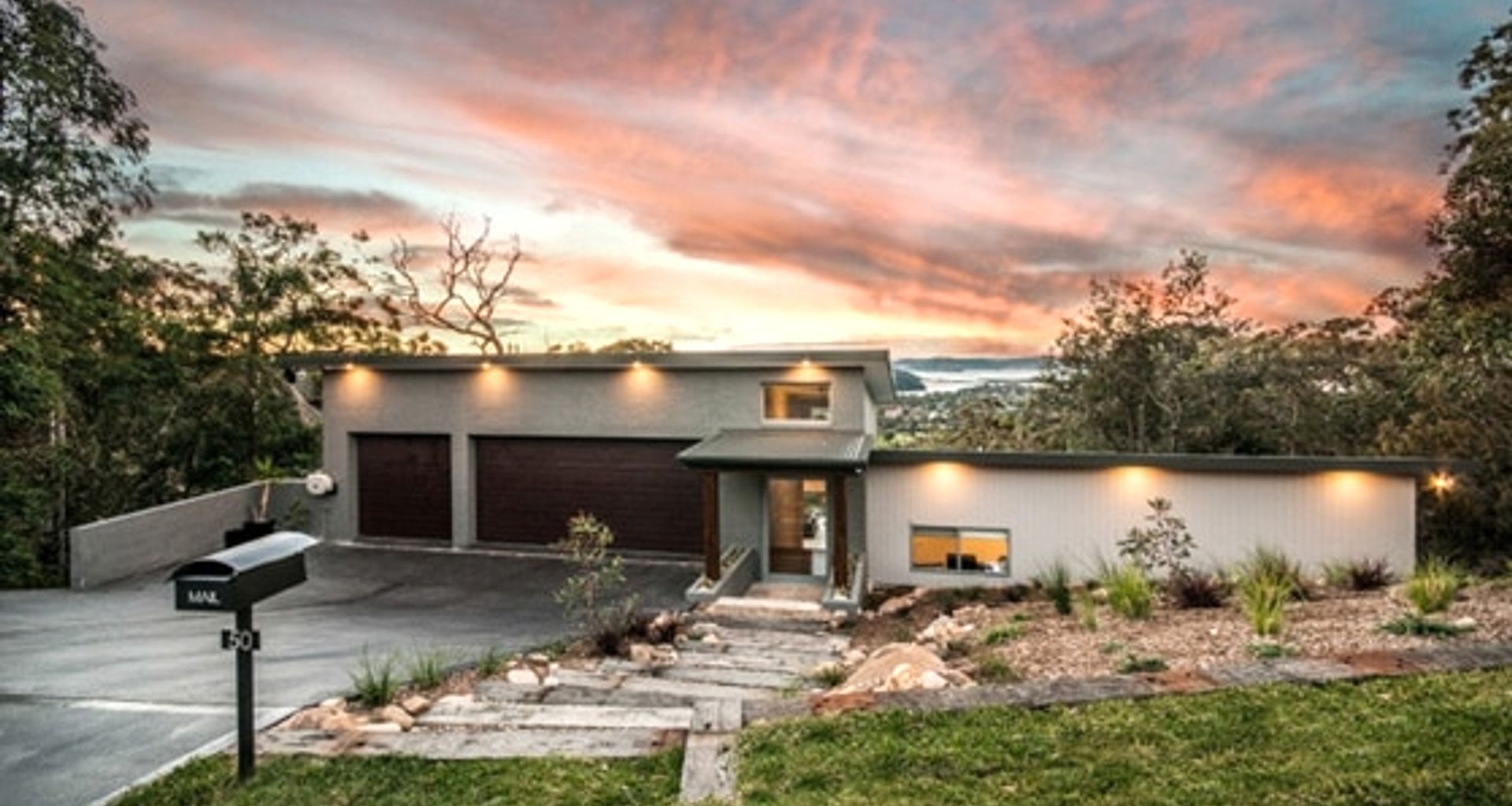Building on Bushfire Prone Land

Australia’s climate makes bushfires a near certainty come summer. However, some areas are more prone than others, due to the arid conditions and surrounding natural landscapes.
Therefore, when building your home, it’s important to consider whether your land is bush fire prone and if so, what you need to take into consideration. Here are some commonly asked questions and answers to help those deciding whether to purchase or build in a bush fire-prone area.
- What is bush fire prone land?
Bushfire prone land is likely to be subject to bushfires. It is identified by the local government as having the conditions that can feed a fire, including slope, vegetation and aridness. Normally, the prone areas are mapped out by councils and certified by the Commissioner of the NSW RFS.
- How do I find out whether or not my land is in a bushfire prone area?
Bushfire prone land maps for all local government areas are available for inspection at council offices. You can also check if you live on bushfire prone land by using the online tool.
Additionally, Section 149 certificates (a certificate that identifies relevant town planning factors that apply to a parcel of land) issued by local councils should identify whether or not the land for which the certificate is issued is in a fire-prone area.
- Can I build on bushfire prone land?
If you are proposing to build a residential dwelling or conduct renovations to an existing dwelling that requires council consent and the property has been mapped as bushfire prone, you must meet the requirements of Planning for Bushfire Protection 2006. The act requires certain protective measures to be met in order to make a building less susceptible to damage or destruction from bushfires.
- What should be taken into consideration when plans are being prepared for development on bushfire prone land?
We would highly recommend obtaining a bushfire report prior to designing your new home. The result of the report can have a significant impact and financial implications on your new build. In particular, the things that require consideration are windows, external doors and roofing, decking and framing.
A S.149 certificate can be obtained from the local council and will provide any relevant or necessary information outlining whether the property is bushfire prone.
If the property is on land that is bushfire prone, the NSW RFS recommends that a bushfire risk certificate be obtained from a ‘suitably qualified consultant’ to determine the BAL (Bushfire Attach Level) for the land on which the development is proposed.
Once the BAL is identified, the building designer can ensure work is designed to comply with AS 3959-2009 Construction of buildings in bushfire prone land and all other relevant development standards contained in the Codes SEPP.
- What is the BAL?
There are six different Bushfire Attack Level categories. They are:
- BAL-Low: This is an insufficient risk to warrant specific construction requirements. Risk Level: Very low.
- BAL-12.5: Ember attack. Risk Level: Low.
- BAL-19: Risk Level: Moderate.
- BAL-29: Increasing levels of ember attack and burning debris ignited by windborne embers together with radiant heat exposure between 12.5 and 19kW/m2. Risk Level: High.
- BAL-40: Increasing levels of ember attack and burning debris ignited by windborne embers together with radiant heat exposure between 29 and 40kW/m2. Risk Level: Very High.
- BAL-FZ: Direct exposure to flames from fire front in addition to radiant heat exposure of extreme greater than 40kW/m2 and ember attack. Risk Level: Extreme.
- What is an asset protection zone?
An asset protection zone is a buffer zone that aims to protect your property and human life in the event of a fire. The setback acts as a protection zone between a bushfire hazard and your property and significantly reduces the risk of ember attack, flame contact and excess fuel loads.
- Where can I get more information?
More information on building in bushfire prone land can be found on the NSW Rural Fire Service website.
Construct Central Coast can help make sure your home is as safe as can be. Get in touch today!
